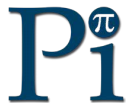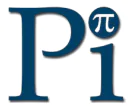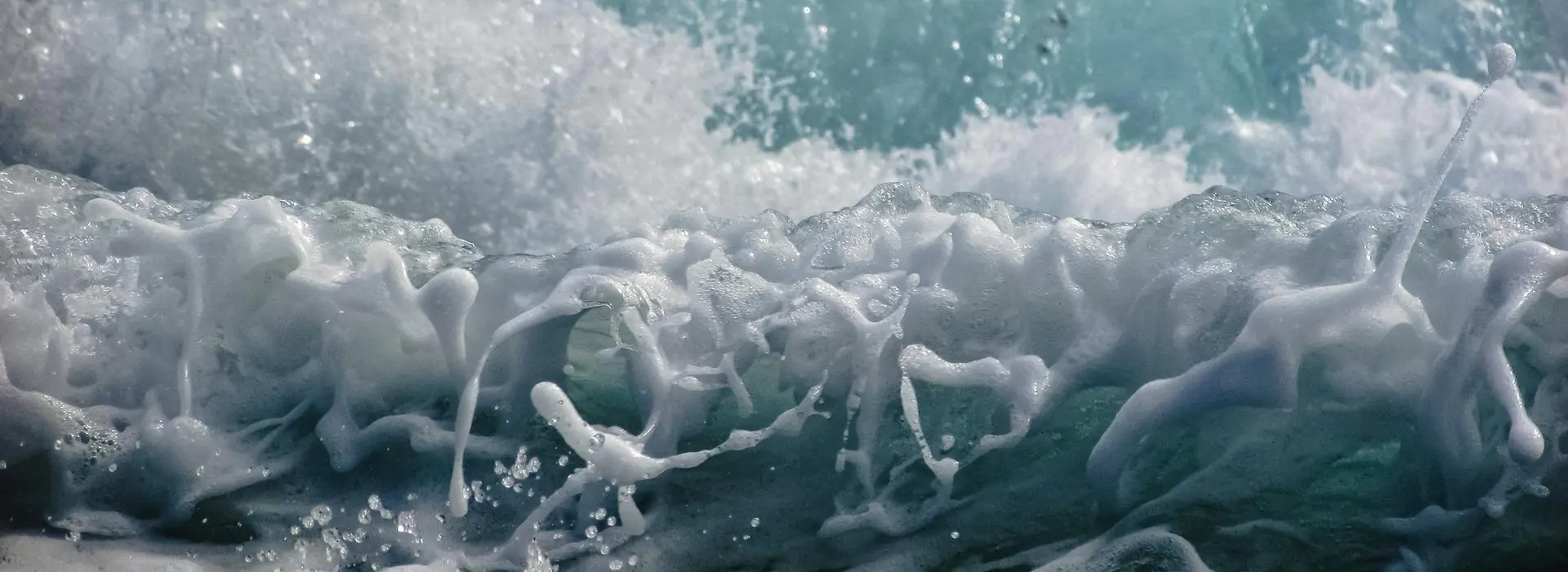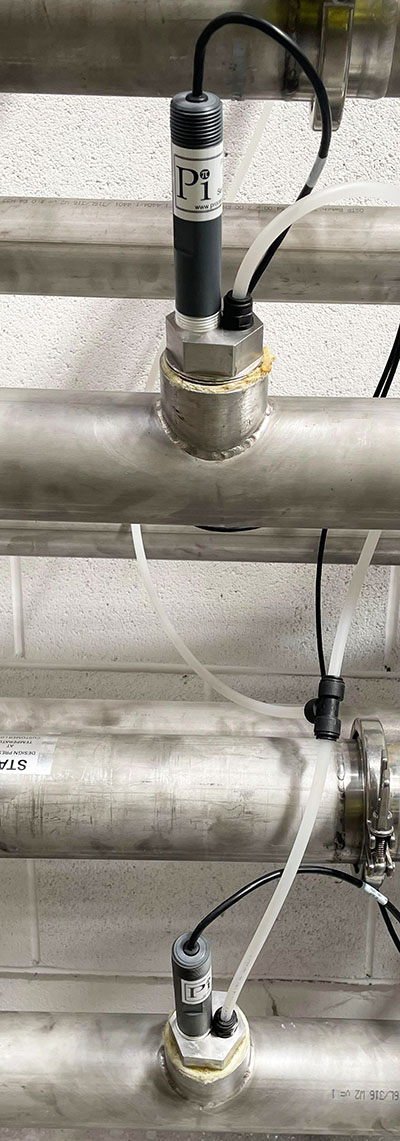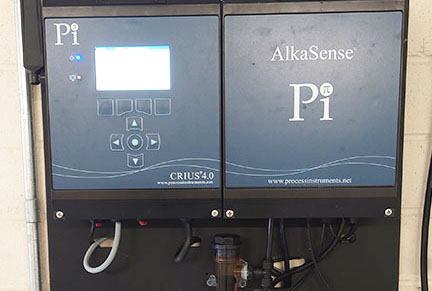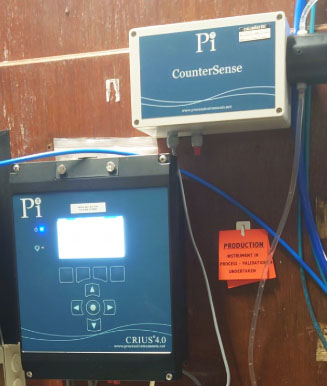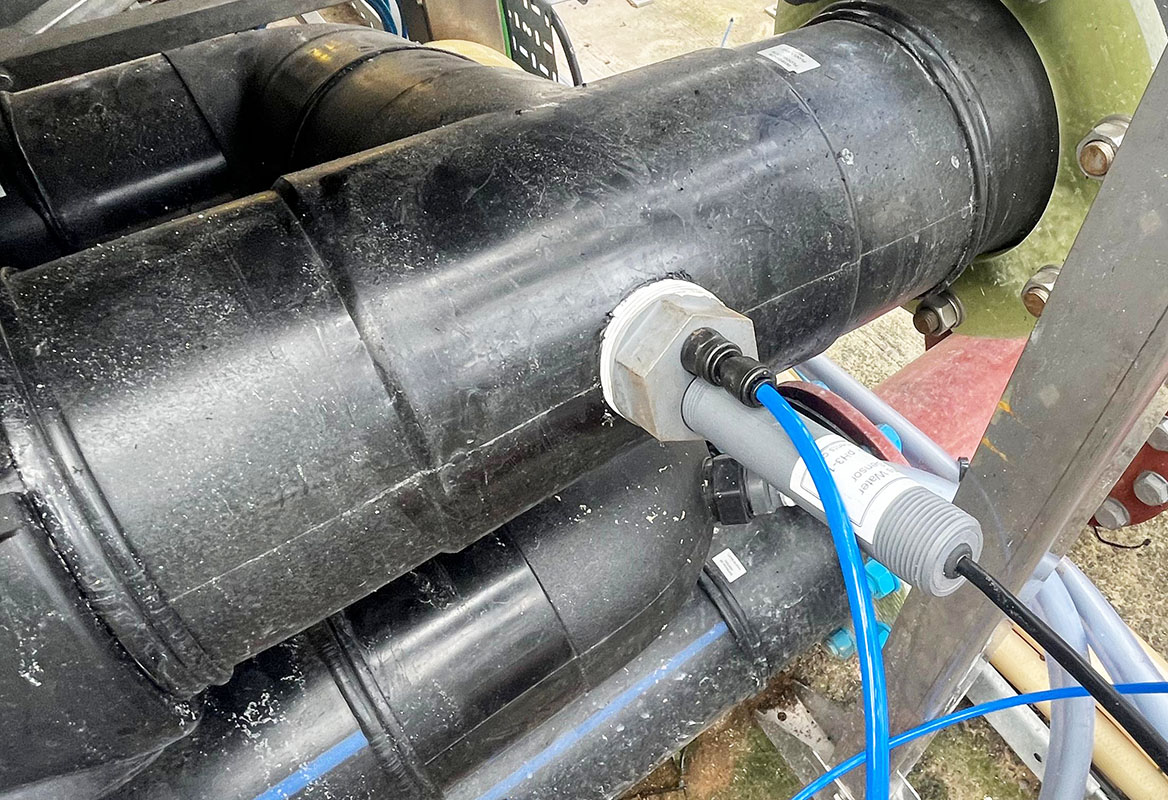Lunch and Learn with Jacobs
Jacobs provides speciality and scientific consulting services across many global engineering, construction and technical applications. Jacobs also works with many UK municipalities, providing comprehensive water solutions to issues encountered on wastewater and drinking water treatment plants.
Pi’s sales executive Jake recently hosted a ‘Lunch and Learn’ for Jacob’s engineers, showcasing some of Pi’s innovative products, followed by a complementary lunch buffet. All of Pi’s innovation cannot be summarised in one afternoon, so Jake focused on our chlorine (free, total and residual), turbidity and pH products.
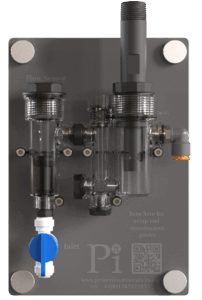
Pi’s online pH meter, pHSense, is designed for long life, low drift and high reliability. pHSense works in all environments ranging from pH 2 to 12. Click here to download the pH selection guide, to see all of our pH meter options. A unique feature of Pi’s pH sensor range is the ‘AutoClean’ and ‘AutoFlush’ options. These add-ons spray a jet of clean water at the sensor head at user defined intervals, keeping the head of the sensor free from particulate build up and fouling. This doesn’t just extend the sensor’s lifespan, but also reduces the need for manual cleaning, saving time and money.
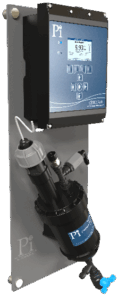
Another product available with the ‘AutoClean’ is Pi’s online turbidity meter, TurbSense®. TurbSense® uses patented MutoLux® technology, making it the only turbidity sensor that doesn’t require calibration, as any drift is compensated for. (If calibration is required for compliance purposes, this can be done using one of three methods listed here). The sensor is initially calibrated using a procedure whereby the light output is reduced through four stages, taking measurements at each. This process provides a very accurate and reliable ‘zero’ without the requirement of a ‘zero’ NTU sample. Click here to watch a video explaining the TurbSense® principle of operation further.
Pi has three products for measuring residual chlorine; HaloSense (that uses electrochemical sensors), DPDSense (that uses online DPD technology), and Chloribrid® (a combination of both).
Pi’s free and total residual chlorine sensors are amperometric sensors comprised of 3 electrodes. The silver halide reference electrode and gold working electrode are submerged in electrolyte. They are situated behind a membrane to separate the electrodes from the sample, meaning sensor drift is heavily reduced. HOCl is measured at the working electrode and a current proportional to the concentration of chlorine is produced.
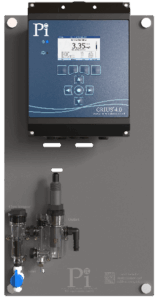
HaloSense is superior to other chlorine electrochemical sensors because:
- It has up to a 15 year life span
- It can go up to 1 year without maintenance
- It has a low cost of ownership because it uses no reagents
- It is suitable in all potable, process and salt waters
- It is not affected by pH
To watch a short, animated video exploring HaloSense further, please click here.
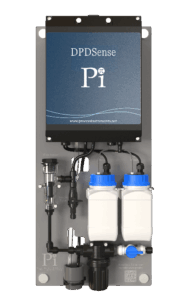
Pi’s DPD analyser, DPDSense, uses the industry standard DPD colorimetric method to measure free and total chlorine in a sample. When coupled with the CRONOS® or CRIUS®4.0 controller, DPDSense also allows for multi-parameter monitoring (e.g. turbidity, pH etc.) and data logging. The sample frequency is automated, and user defined so that each DPDSense is specific and optimised to each individual process.
The DPDSense has ‘empty’ warning alarms that automatically inform the operator of when the DPD reagent needs replacing. Most online DPD instruments have the reputation of being difficult to work on. The DPDSense comes mounted on a backboard with full, easy access to pumps and tubes. The minimal maintenance is quick, easy and inexpensive to do too. Please click here to download the DPDSense brochure.
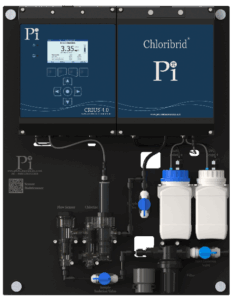
The final (and arguably the best) chlorine monitoring instrument from Pi is Chloribrid®. Chloribrid® is a hybrid chlorine analyser that harnesses and combines only the advantages from DPD and electrochemical sensor technology. Chloribrid® is Pi’s latest innovation release. In short, Chloribrid® uses online DPD measurements (at user defined intervals) to output the chlorine residual level until the deviation between the electrochemical and DPD measurements remains constant. The DPD reading is then used to calibrate the electrochemical sensor. Once calibrated, DPD ‘falls back’ and allows the sensor to monitor the chlorine level within the sample. The DPD takes a reading at a user defined interval (e.g. every hour) to ensure that the electrochemical sensor is reading as it should. This concept is explained in more detail here. To summarise the main benefits of the Chloribrid® include:
- Very little reagent required (reduced cost and maintenance)
- Reagents last up to 6 months
- Fast response
- Works ‘out of the box’
- Self-calibrating
Jake received very positive feedback from the Lunch and Learn with a lead engineer saying:
“Thank you for taking yesterday’s Lunch and Learn. You covered a lot of good information on your product range, and I felt it was quite beneficial to the team.”
We look forward to what this new working relationship holds. If you’re interested in a Lunch and Learn or would like more information about Pi’s products, simply give us a call on +44(0)1254 422835.
